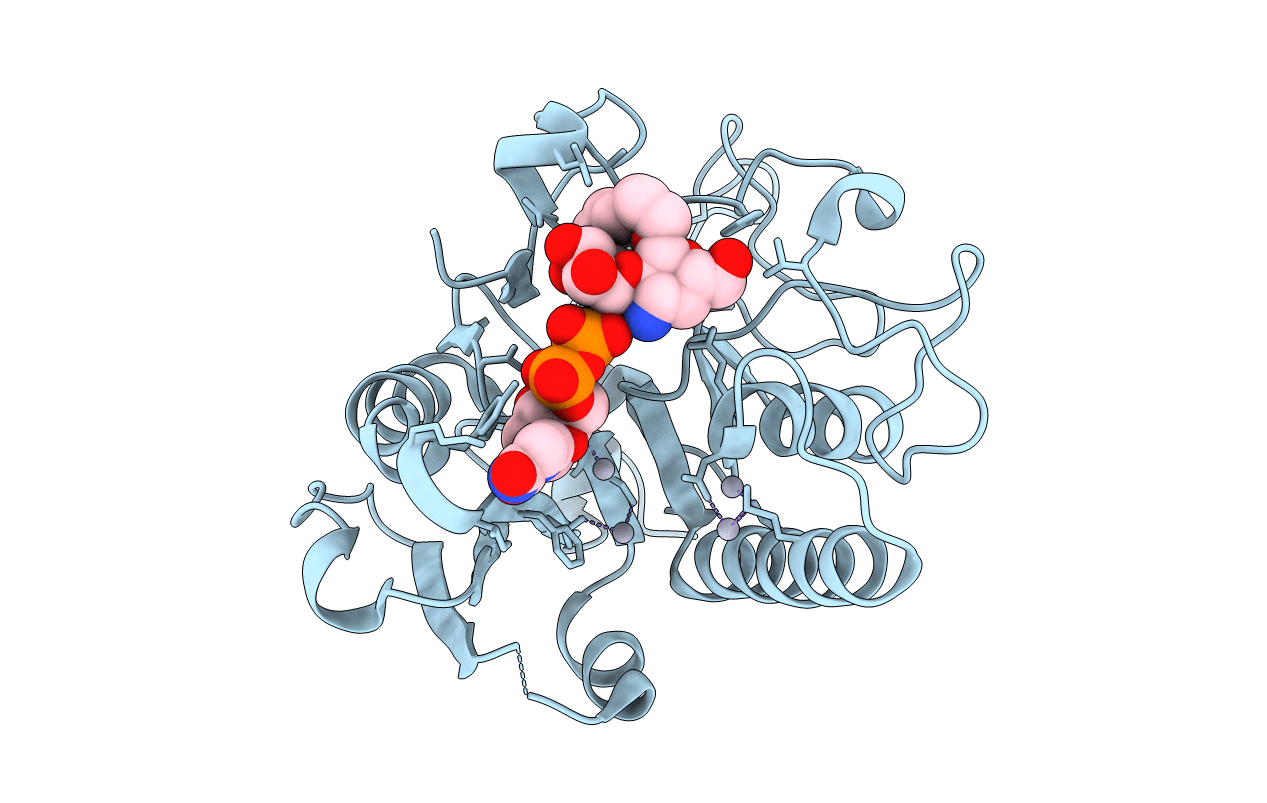
Deposition Date
2003-10-22
Release Date
2004-02-10
Last Version Date
2024-05-29
Entry Detail
PDB ID:
1R7Y
Keywords:
Title:
Glycosyltransferase A in complex with 3-amino-acceptor analog inhibitor and uridine diphosphate
Biological Source:
Source Organism:
Homo sapiens (Taxon ID: 9606)
Host Organism:
Method Details:
Experimental Method:
Resolution:
1.75 Å
R-Value Free:
0.21
R-Value Work:
0.20
Space Group:
C 2 2 21


